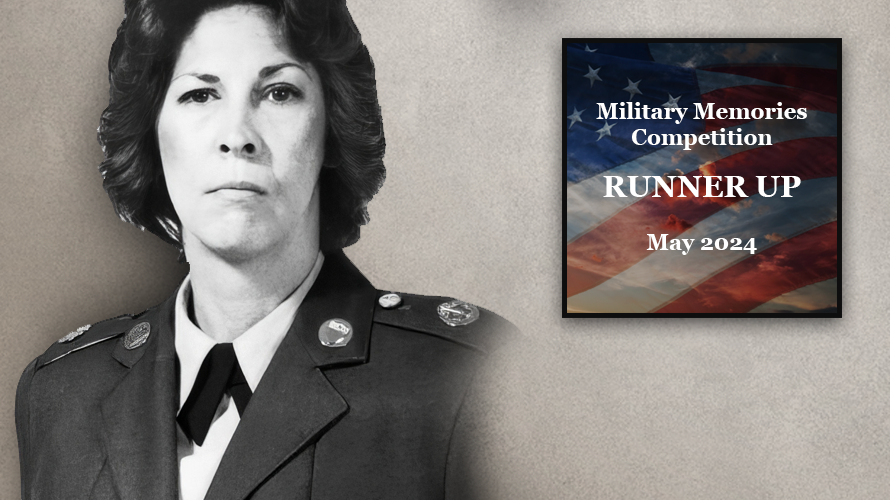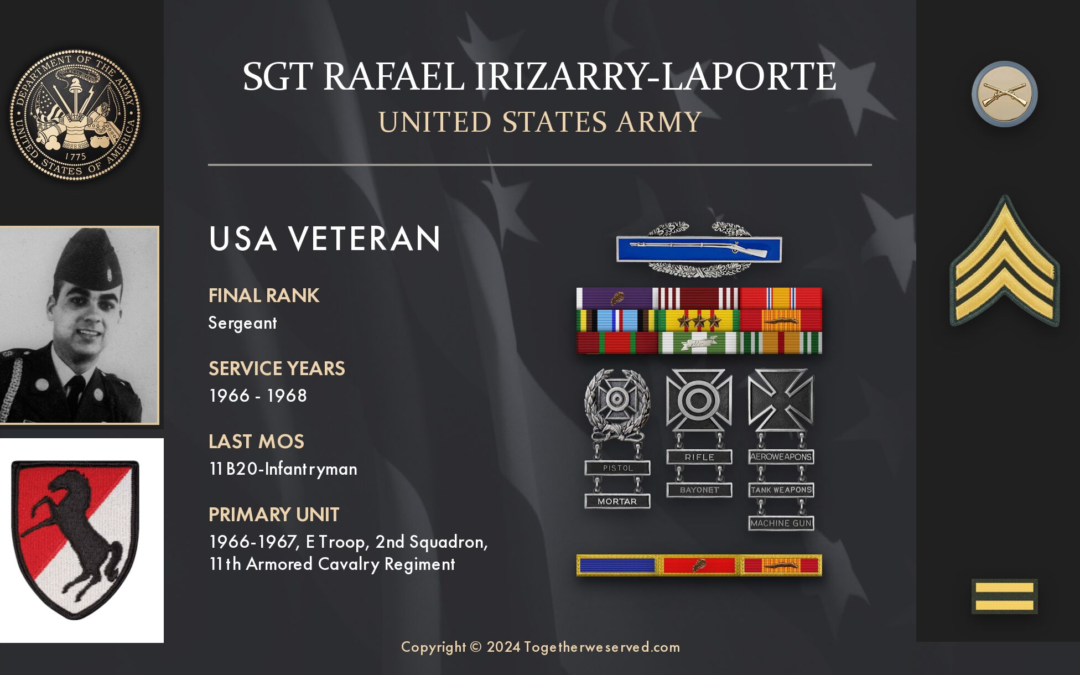What was your favorite piece of military equipment – firearm, apparel, vehicle, aircraft, boat, etc. – and why? What was your least favorite?:
Pants suits for women soldiers. The most logical, practical, and ingenious Class A uniform that the US Army adopted in the mid-1970s.
I reenlisted for West Point, NY, and arrived in November 1976. As luck would have it, the winter of 1976-77 was one of the snowiest and coldest in recent memory for that area.
I worked in the Corp of Cadets in Washington Hall, which was located across an expansive parade ground, and adjacent to that was the general parking area for Washington Hall. The only way to reach the building was to traverse the parade ground. Enlisted women soldiers who were assigned to work there were authorized to wear black civilian knee-length boots during inclement winter weather – thankfully. Otherwise, our military-issue shoes would have been drenched and damaged, not to mention if we could have made it across without a potential injury from a fall.
The women’s Class A uniform at that time consisted of a skirt, jacket, and a short-sleeved cotton-blend white shirt. We were issued an overcoat to wear over the Class As during winter weather. But even with the outerwear, it was still a very cold trek to and from the auto to the building every day.
Imagine my overwhelming delight when news arrived that the permanent party female soldiers assigned to West Point had been designated to “test” the new pantsuits being considered optional wear.
The pants were the same shade of green as the current Class A jacket, so they could be mixed and matched. They were paired with a pale green long-sleeve knit mock-neck sweater that was machine washable and dryable. The comfort and warmth these garments provided were amazing.
All in all, over time, the Army adopted and issued the pants for all female soldiers; however, they did not permanently adopt the sweater, much to my dismay. At least the pants provided extra protection when outdoors during the winter months. The pants became my favorite uniform item, which I wore daily at my assigned post.
There was a mimeograph machine at my first assignment at Ft Dix, NJ to make offset copies of forms. You had to pour purple or black ink into the receptacle and turn the lever to move the ink around inside the unit so it would adhere to the exterior of the drum. Then you would have to place the typed form (special double-sheet paper) onto the drum – that was always tricky to do, then load the paper in a tray and manually crank the drum and rotate it so that the copies would spit out from the form on the drum – a very rudimentary process.
The greatest downside to this procedure was that if you got the ink on your clothes, they were trashed because the ink was permanent and would not come out. It was not the best way to perform an administrative task wearing a Class A summer uniform. You would, however, invariably get ink on your hands, so making a beeline to the restroom to wash was imperative. Hands down, this was one of the worst pieces of equipment utilized by the Army and my least favorite. Fortunately, copy machines came into use shortly after that. That was proven to be another cumbersome process, but a story for another time.

